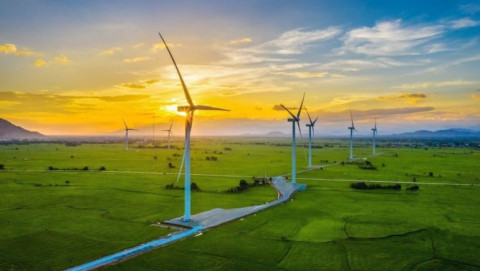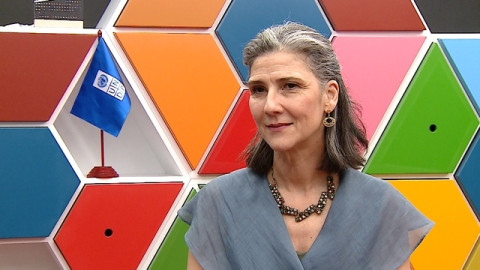Banks and challenges in funding green projects
- 139
- Socially Responsible Enterprise
- 11:22 20/07/2024
DNHN - Green projects today not only protect the environment but also open up new business opportunities. However, lending to these projects faces many challenges, prompting banks to strive to meet the capital needs.
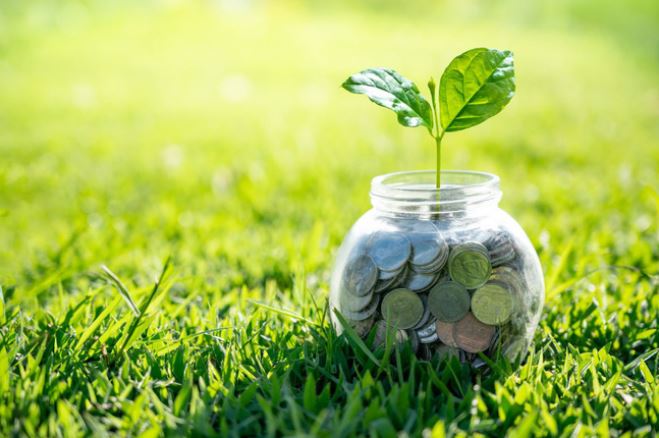
Challenges in lending to green projects
One of the main challenges for banks when lending to green projects is risk assessment. Green projects often involve new technologies, production methods, and uncommon business processes. This makes evaluating and determining the ability to repay the capital more difficult. Banks need to have deep expertise in green projects and the ability to accurately assess risks to ensure the sustainability of lending.
Another challenge is determining the economic value of green projects. Green projects often have environmental and social benefits that cannot be directly measured in monetary terms. Valuing these non-financial factors, such as reducing emissions, saving energy, and protecting natural resources, is a major challenge. Banks need to develop appropriate valuation methods to ensure that green projects are recognized and valued at their true worth.
Another important factor for banks is finding suitable sources of capital to lend to green projects. Banks need to find long-term and stable sources of capital to ensure the ability to provide funds for green projects. At the same time, they also need to consider the financial viability of these projects to ensure the ability to repay capital and profit.
Additionally, the lack of information and common standards is a challenge for banks in lending to green projects. Currently, there are no clear and common standards for green projects, making it difficult to evaluate and compare projects. Banks need to engage in proposing and promoting the development of standards and related information systems to create a transparent and sustainable green project lending environment.
In this issue, we can argue that lending to green projects requires not only the interest and commitment from banks but also clear information systems and standards to create a transparent and sustainable green project lending environment. For banks, risk assessment and determining the economic value of green projects are important challenges to overcome.
Furthermore, there needs to be improvement in finding and managing long-term capital sources to ensure the ability to provide funds for green projects. This requires the cooperation of stakeholders, including banks, governments, funding organizations, and investors.
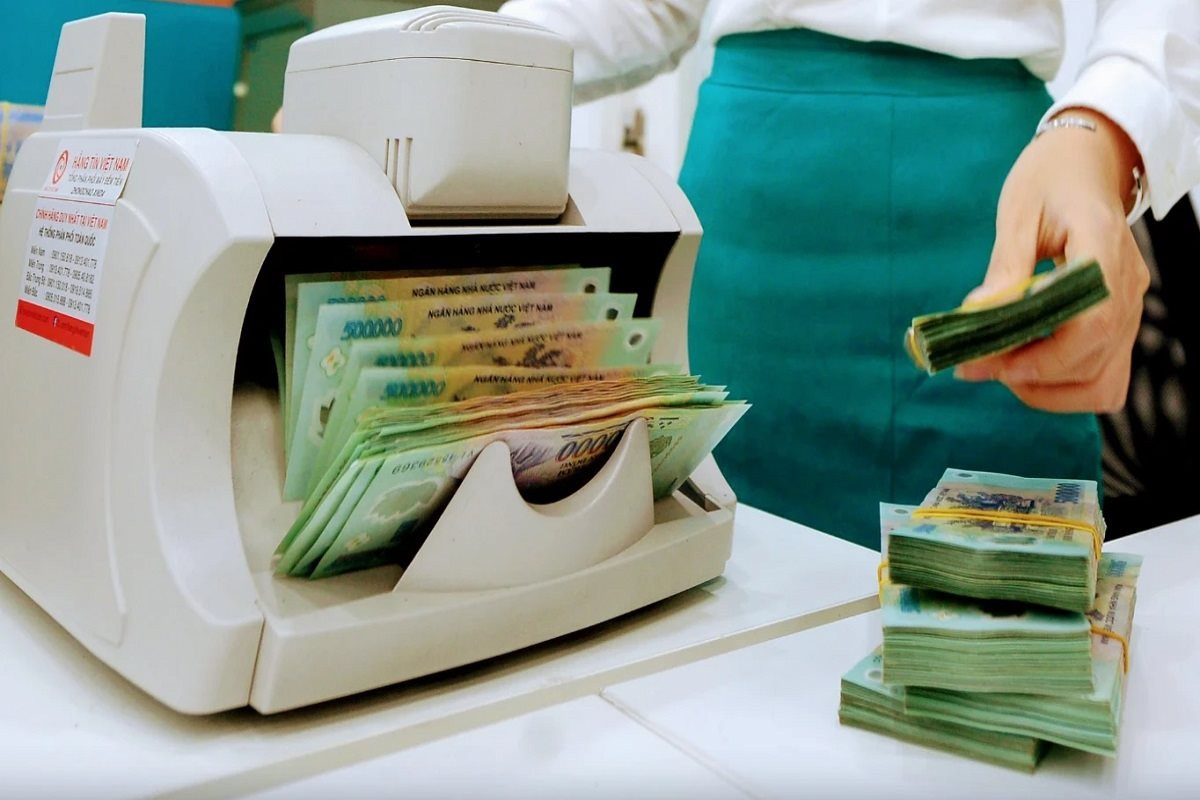
Legal framework is still limited
In the future, to promote green project development and facilitate lending, there needs to be coordination and support from stakeholders. Banks can play an important role in building a sustainable financial ecosystem and ensuring that green projects receive the necessary support and funding to develop and promote the transition to a greener economy.
Lending to green projects faces many challenges but also brings many opportunities and benefits to both banks and society. With increased knowledge, accurate risk assessment, and support from stakeholders, banks can positively contribute to the development of green projects and build a sustainable future for us and the planet.
Statistics from the Department of Credit for Economic Sectors (State Bank of Vietnam) show that currently, 47 banks have generated green credit balances, but this rate only accounts for 4.5% of the total outstanding loans of the economy. Commercial bank leaders said that the main reason is the limited legal framework on green credit.
According to Mr. Nguyễn Thanh Tùng, General Director of Vietcombank, promoting green credit is facing difficulties due to the lack of clear standards for green projects. Mr. Tùng suggested that ministries and sectors soon develop these criteria so that banks can implement them more effectively.
In the latest report, a group of experts from the National Economics University affirmed that to develop green credit, the legal system needs to be improved, specifically by establishing green project standards. This will help credit institutions select, appraise, and monitor green projects effectively.
The lack of clear guidelines on the categories and standards of green projects has made it difficult for credit institutions to select and appraise loans.
“We need to develop a specific roadmap to apply support policies for green industries and projects regarding taxes, fees, capital, technology, markets, planning, and development strategies, to enhance the efficiency of green credit use,” the research team proposed.
Nhan Ha
Related news
#environmental protection
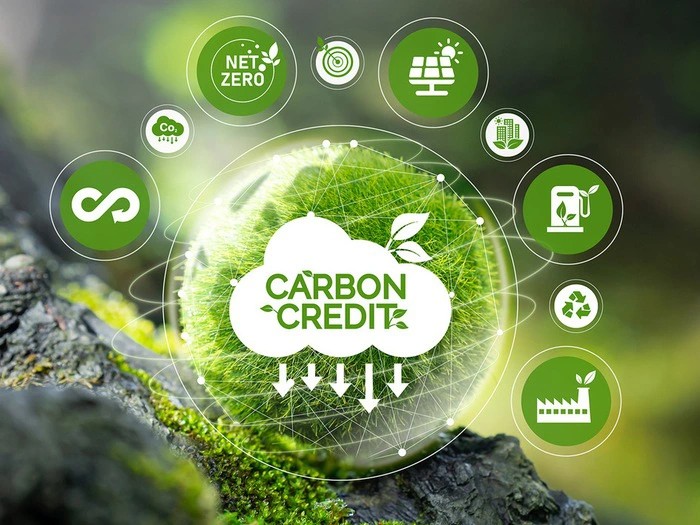
Reducing greenhouse gas emissions and carbon market development to fulfill COP 26 commitments
Vietnam aims to reduce greenhouse gas (GHG) emissions and develop a carbon market, aligning with its COP 26 commitments. This requires close coordination and comprehensive solutions from all sectors and communities.

What can be learned from VinFast's success after becoming the best-selling car brand in Vietnam?
VinFast's market-leading sales in Vietnam in September marked a major turning point, as a domestic electric vehicle brand outpaced international competitors.
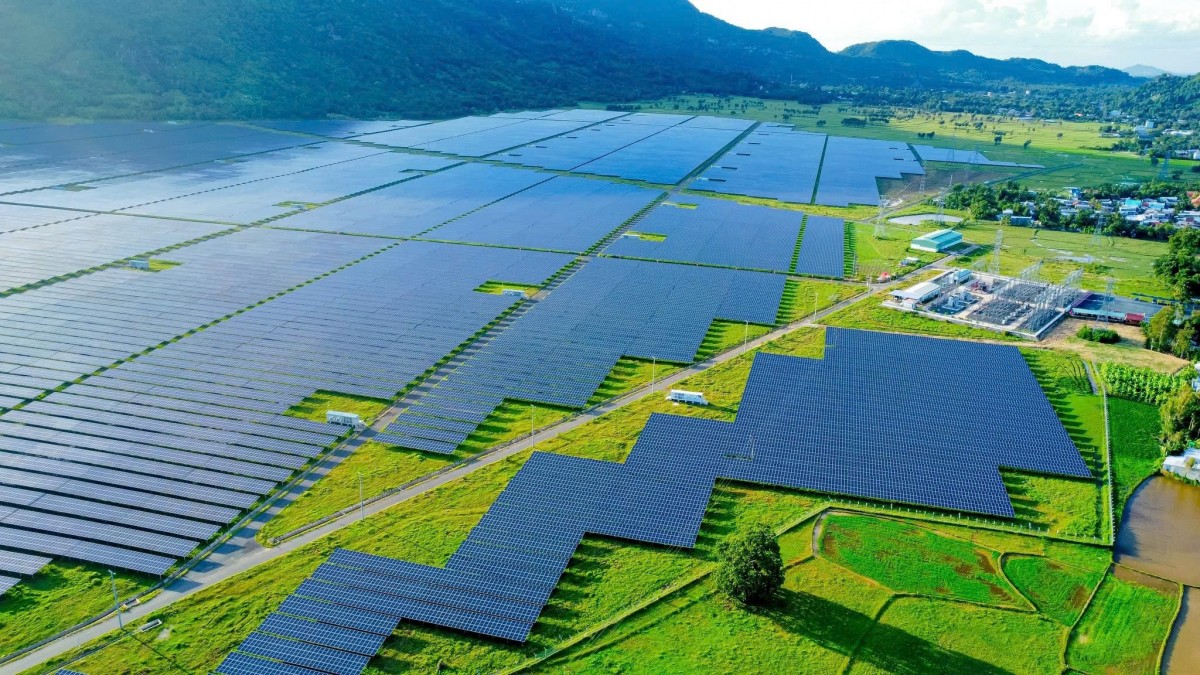
Nurturing life for the future with clean energy
Vietnam has just endured Typhoon No. 3, leaving behind a trail of destruction and loss that makes us all feel small against Mother Nature. It is time for a change, time to nurture and protect our living environment.
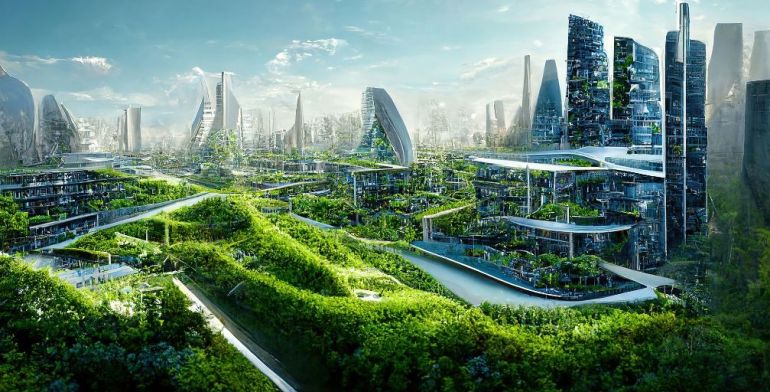
Practical applications of carbon credits in the economy. Part XXI:Carboncor Asphalt - An effective solution for Vietnam to achieve net zero emissions
Vietnam is actively implementing green construction solutions to achieve the goal of net zero emissions by 2050. These solutions reduce greenhouse gas emissions and support sustainable development in the construction industry.
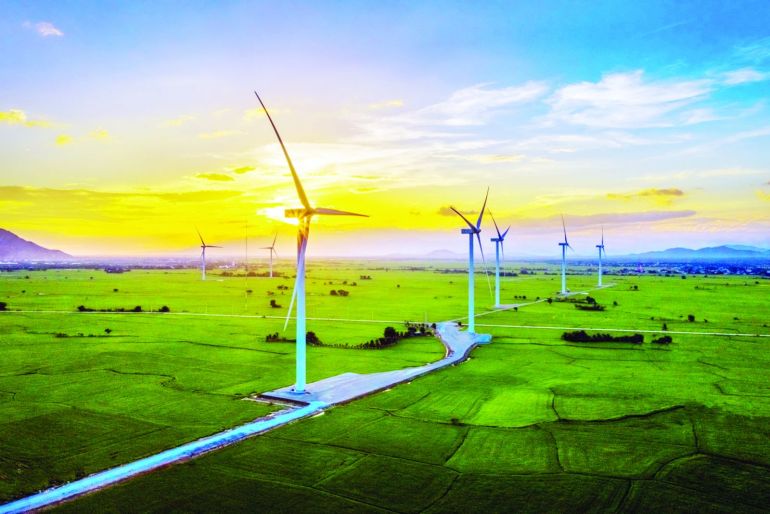
Practical applications of carbon credits in the economy. Part XI: Bridging policy and strategy for the carbon credit market
To develop the carbon credit market, the Government and businesses must improve cooperation and communication. The Government needs to provide clear policies, while businesses must adopt emission reduction strategies and leverage carbon credits.

Yen Bai: Implementing the plan to manage and eliminate ozone-depleting substances and greenhouse gases
The People's Committee of Yen Bai province has just issued document No. 3005/UBND-TNMT on the implementation of the National Plan for the management and elimination of ozone-depleting substances and controlled greenhouse gases.
Đọc thêm Socially Responsible Enterprise
When artists do business – livelihood is no poetry!
A series of indictments, arrests, and bankruptcies among artists has sounded a serious alarm.
Hanoi’s economy grows 7.92% in first nine months of 2025, FDI surges nearly threefold
Hanoi maintained robust growth momentum in the first nine months of 2025 with GRDP up 7.92% year-on-year, driven by strong services and construction sectors.
Vietnam’s strong gdp growth fails to ease labor market distress
As the year draws to a close, the pressing challenge for businesses and policymakers is how to rebuild worker morale, retain top talent, and stabilize employment amid lingering uncertainty.
Vietnam ramps up efforts to lift EU “Yellow Card” on Illegal fishing
Prime Minister Pham Minh Chinh has called for intensified and coordinated efforts to have the European Commission’s “yellow card” on Vietnam’s fisheries removed within this year.
Quang Tri calls for investment in wind power plant project worth over VND 1,100 billion
The People’s Committee of Quang Tri Province has officially announced the Hưng Bắc Wind Power Plant Project as part of its investment invitation portfolio.
Hanoi receives two million visitors during the four-day National Day holidays
From August 30 to September 2, Hanoi received around 2.08 million visitors during the four-day National Day holidays , three times higher than the figure in the same period last year, the municipal Department of Tourism reported.
Ca Mau gradually makes its mark on the national tourism map
By 2025, Ca Mau aims to attract 8.4 million visitors and achieve a total revenue exceeding 8,585 billion VND, contributing to the province's double-digit growth target.
UNDP Resident Representative hails Vietnam as an emerging economic powerhouse
Millions of people have been lifted out of poverty, hunger has been eliminated, and the economy has maintained consistent growth rates of over 6 per cent, UNDP Resident Representative in Vietnam Ramla Khalidi remarks.
Alpha Books Chairman Nguyen Canh Binh: The survival weapons of Vietnamese entrepreneurs in the age of AI.
Alpha Books Chairman Nguyen Canh Binh shares three essential lessons to ensure the survival and growth of Vietnamese entrepreneurs in the digital age: creativity, connection, and collective intelligence.
Mr. Le Viet Thang, CEO of 1Office: "Don’t use old solutions for new ai challenges"
As artificial intelligence (AI) reshapes the global technology landscape, Vietnam is taking decisive steps to establish a National AI Research and Development Center, alongside the National Data Center.






